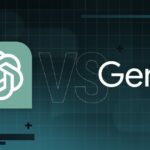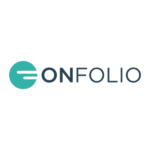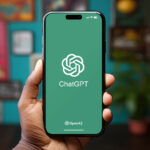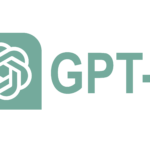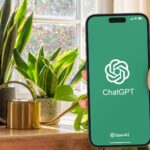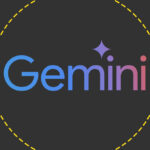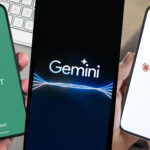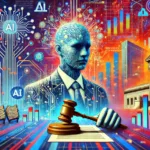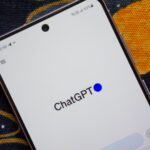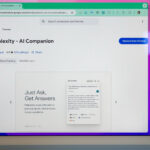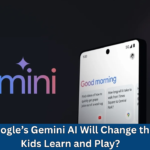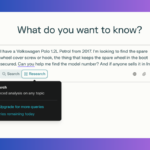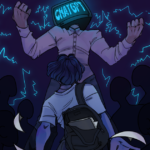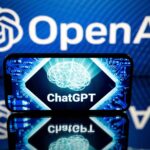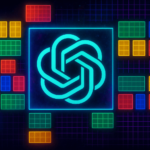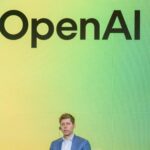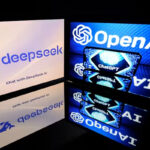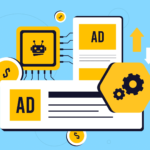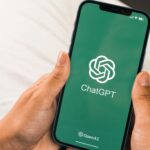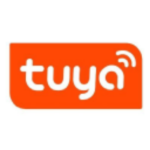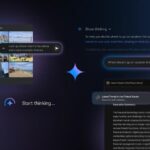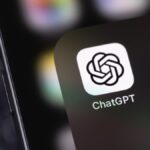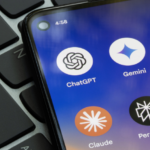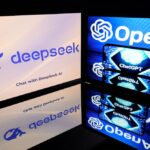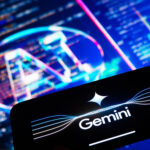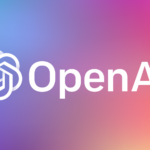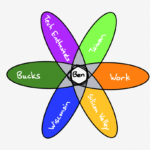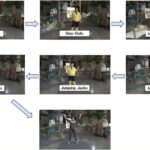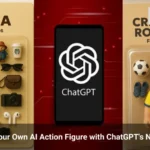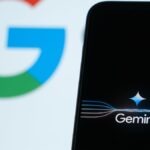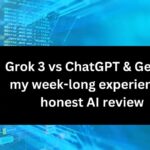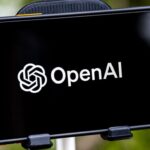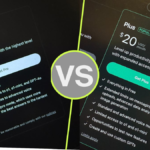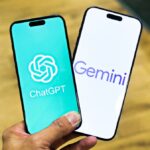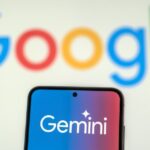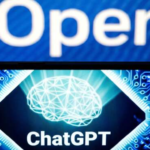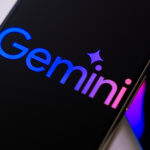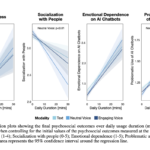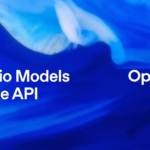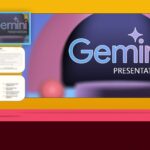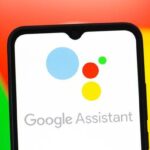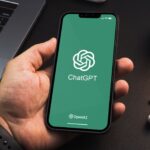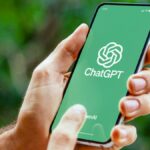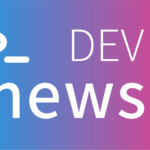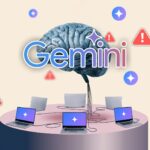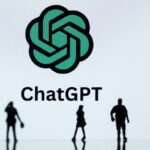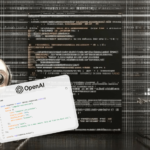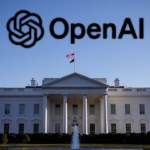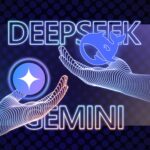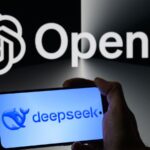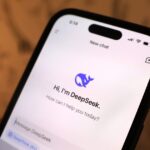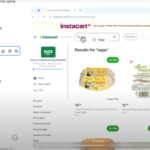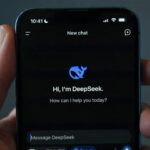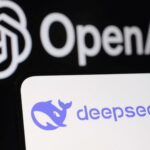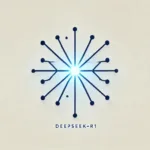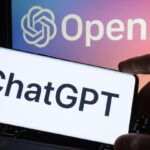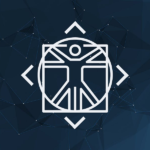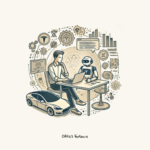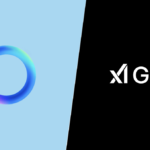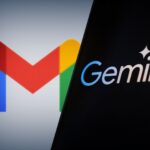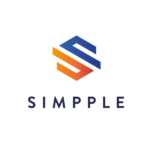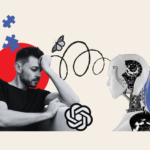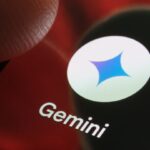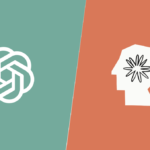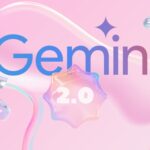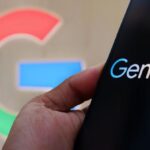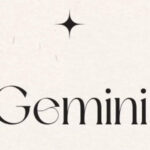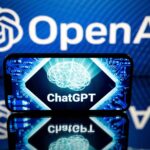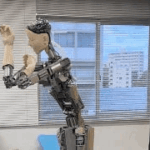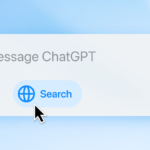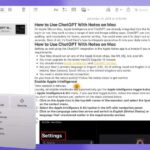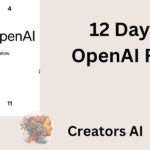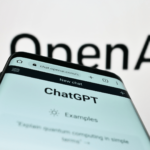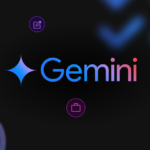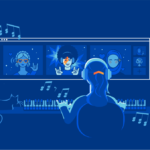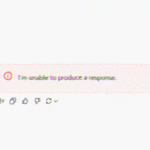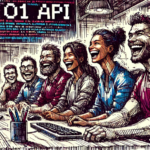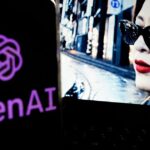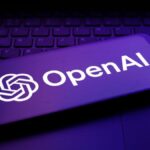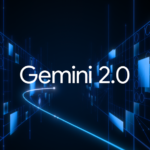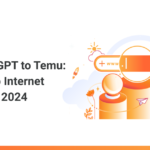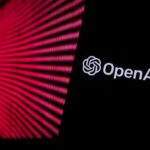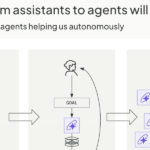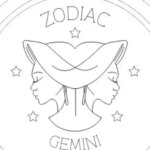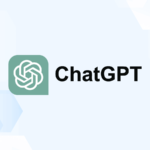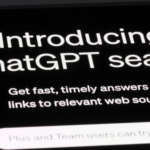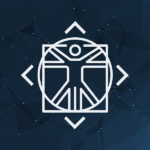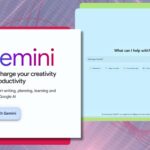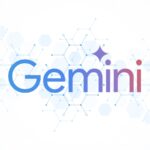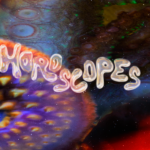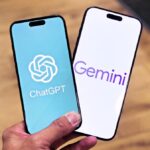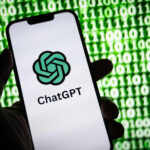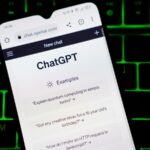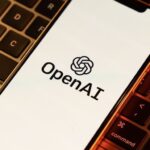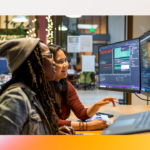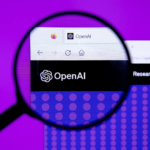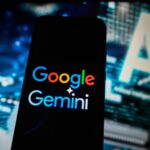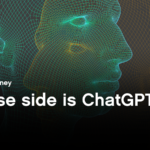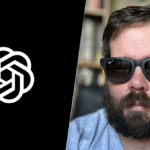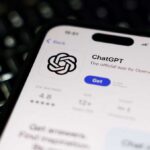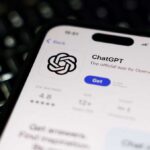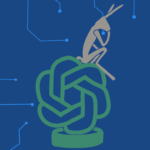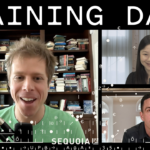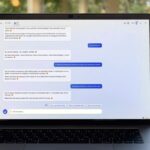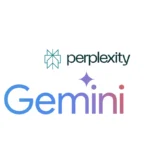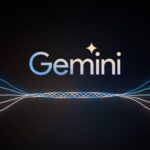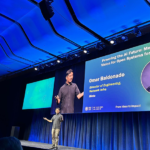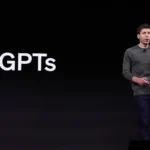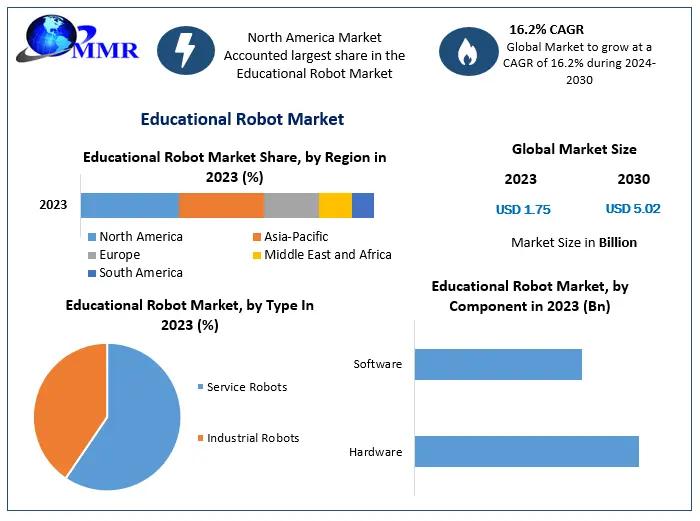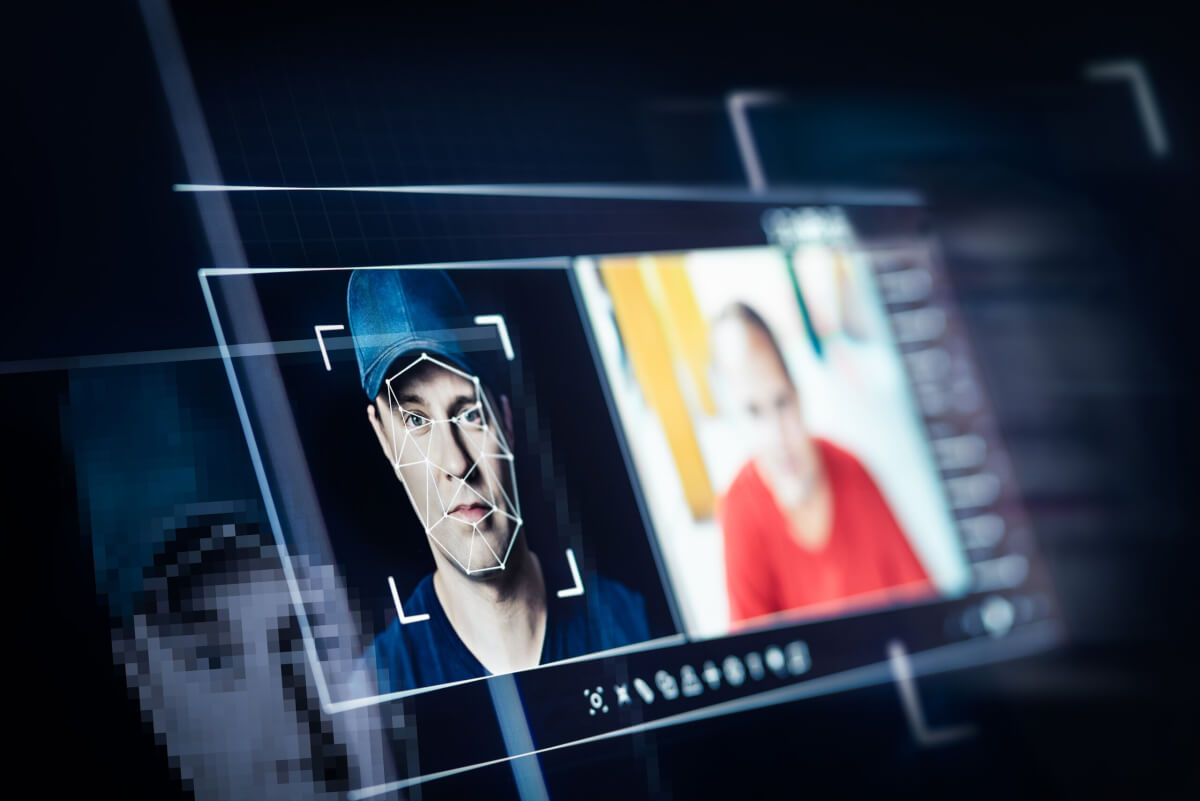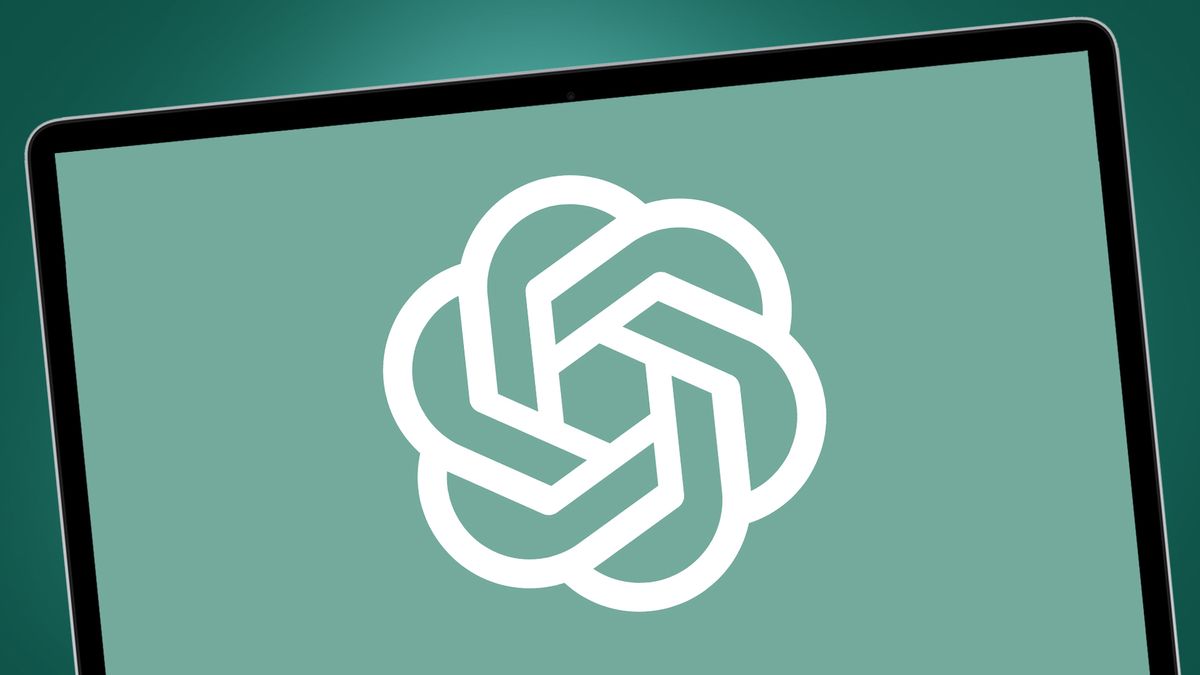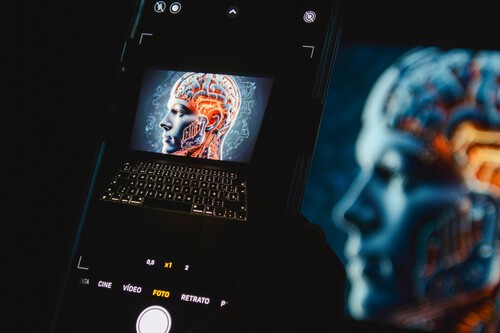Noticias
What Really Happened When OpenAI Turned on Sam Altman
Published
7 meses agoon

In the summer of 2023, Ilya Sutskever, a co-founder and the chief scientist of OpenAI, was meeting with a group of new researchers at the company. By all traditional metrics, Sutskever should have felt invincible: He was the brain behind the large language models that helped build ChatGPT, then the fastest-growing app in history; his company’s valuation had skyrocketed; and OpenAI was the unrivaled leader of the industry believed to power the future of Silicon Valley. But the chief scientist seemed to be at war with himself.
Sutskever had long believed that artificial general intelligence, or AGI, was inevitable—now, as things accelerated in the generative-AI industry, he believed AGI’s arrival was imminent, according to Geoff Hinton, an AI pioneer who was his Ph.D. adviser and mentor, and another person familiar with Sutskever’s thinking. (Many of the sources in this piece requested anonymity in order to speak freely about OpenAI without fear of reprisal.) To people around him, Sutskever seemed consumed by thoughts of this impending civilizational transformation. What would the world look like when a supreme AGI emerged and surpassed humanity? And what responsibility did OpenAI have to ensure an end state of extraordinary prosperity, not extraordinary suffering?
By then, Sutskever, who had previously dedicated most of his time to advancing AI capabilities, had started to focus half of his time on AI safety. He appeared to people around him as both boomer and doomer: more excited and afraid than ever before of what was to come. That day, during the meeting with the new researchers, he laid out a plan.
“Once we all get into the bunker—” he began, according to a researcher who was present.
“I’m sorry,” the researcher interrupted, “the bunker?”
“We’re definitely going to build a bunker before we release AGI,” Sutskever replied. Such a powerful technology would surely become an object of intense desire for governments globally. The core scientists working on the technology would need to be protected. “Of course,” he added, “it’s going to be optional whether you want to get into the bunker.”
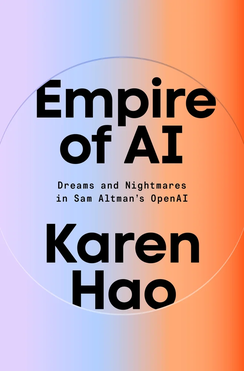
Two other sources I spoke with confirmed that Sutskever commonly mentioned such a bunker. “There is a group of people—Ilya being one of them—who believe that building AGI will bring about a rapture,” the researcher told me. “Literally, a rapture.” (Sutskever declined to comment.)
Sutskever’s fears about an all-powerful AI may seem extreme, but they are not altogether uncommon, nor were they particularly out of step with OpenAI’s general posture at the time. In May 2023, the company’s CEO, Sam Altman, co-signed an open letter describing the technology as a potential extinction risk—a narrative that has arguably helped OpenAI center itself and steer regulatory conversations. Yet the concerns about a coming apocalypse would also have to be balanced against OpenAI’s growing business: ChatGPT was a hit, and Altman wanted more.
When OpenAI was founded, the idea was to develop AGI for the benefit of humanity. To that end, the co-founders—who included Altman and Elon Musk—set the organization up as a nonprofit and pledged to share research with other institutions. Democratic participation in the technology’s development was a key principle, they agreed, hence the company’s name. But by the time I started covering the company in 2019, these ideals were eroding. OpenAI’s executives had realized that the path they wanted to take would demand extraordinary amounts of money. Both Musk and Altman tried to take over as CEO. Altman won out. Musk left the organization in early 2018 and took his money with him. To plug the hole, Altman reformulated OpenAI’s legal structure, creating a new “capped-profit” arm within the nonprofit to raise more capital.
Since then, I’ve tracked OpenAI’s evolution through interviews with more than 90 current and former employees, including executives and contractors. The company declined my repeated interview requests and questions over the course of working on my book about it, which this story is adapted from; it did not reply when I reached out one more time before the article was published. (OpenAI also has a corporate partnership with The Atlantic.)
OpenAI’s dueling cultures—the ambition to safely develop AGI, and the desire to grow a massive user base through new product launches—would explode toward the end of 2023. Gravely concerned about the direction Altman was taking the company, Sutskever would approach his fellow board of directors, along with his colleague Mira Murati, then OpenAI’s chief technology officer; the board would subsequently conclude the need to push the CEO out. What happened next—with Altman’s ouster and then reinstatement—rocked the tech industry. Yet since then, OpenAI and Sam Altman have become more central to world affairs. Last week, the company unveiled an “OpenAI for Countries” initiative that would allow OpenAI to play a key role in developing AI infrastructure outside of the United States. And Altman has become an ally to the Trump administration, appearing, for example, at an event with Saudi officials this week and onstage with the president in January to announce a $500 billion AI-computing-infrastructure project.
Altman’s brief ouster—and his ability to return and consolidate power—is now crucial history to understand the company’s position at this pivotal moment for the future of AI development. Details have been missing from previous reporting on this incident, including information that sheds light on Sutskever and Murati’s thinking and the response from the rank and file. Here, they are presented for the first time, according to accounts from more than a dozen people who were either directly involved or close to the people directly involved, as well as their contemporaneous notes, plus screenshots of Slack messages, emails, audio recordings, and other corroborating evidence.
The altruistic OpenAI is gone, if it ever existed. What future is the company building now?
Before ChatGPT, sources told me, Altman seemed generally energized. Now he often appeared exhausted. Propelled into megastardom, he was dealing with intensified scrutiny and an overwhelming travel schedule. Meanwhile, Google, Meta, Anthropic, Perplexity, and many others were all developing their own generative-AI products to compete with OpenAI’s chatbot.
Many of Altman’s closest executives had long observed a particular pattern in his behavior: If two teams disagreed, he often agreed in private with each of their perspectives, which created confusion and bred mistrust among colleagues. Now Altman was also frequently bad-mouthing staffers behind their backs while pushing them to deploy products faster and faster. Team leads mirroring his behavior began to pit staff against one another. Sources told me that Greg Brockman, another of OpenAI’s co-founders and its president, added to the problems when he popped into projects and derailed long-standing plans with last-minute changes.
The environment within OpenAI was changing. Previously, Sutskever had tried to unite workers behind a common cause. Among employees, he had been known as a deep thinker and even something of a mystic, regularly speaking in spiritual terms. He wore shirts with animals on them to the office and painted them as well—a cuddly cat, cuddly alpacas, a cuddly fire-breathing dragon. One of his amateur paintings hung in the office, a trio of flowers blossoming in the shape of OpenAI’s logo, a symbol of what he always urged employees to build: “A plurality of humanity-loving AGIs.”
But by the middle of 2023—around the time he began speaking more regularly about the idea of a bunker—Sutskever was no longer just preoccupied by the possible cataclysmic shifts of AGI and superintelligence, according to sources familiar with his thinking. He was consumed by another anxiety: the erosion of his faith that OpenAI could even keep up its technical advancements to reach AGI, or bear that responsibility with Altman as its leader. Sutskever felt Altman’s pattern of behavior was undermining the two pillars of OpenAI’s mission, the sources said: It was slowing down research progress and eroding any chance at making sound AI-safety decisions.
Meanwhile, Murati was trying to manage the mess. She had always played translator and bridge to Altman. If he had adjustments to the company’s strategic direction, she was the implementer. If a team needed to push back against his decisions, she was their champion. When people grew frustrated with their inability to get a straight answer out of Altman, they sought her help. “She was the one getting stuff done,” a former colleague of hers told me. (Murati declined to comment.)
During the development of GPT‑4, Altman and Brockman’s dynamic had nearly led key people to quit, sources told me. Altman was also seemingly trying to circumvent safety processes for expediency. At one point, sources close to the situation said, he had told Murati that OpenAI’s legal team had cleared the latest model, GPT-4 Turbo, to skip review by the company’s Deployment Safety Board, or DSB—a committee of Microsoft and OpenAI representatives who evaluated whether OpenAI’s most powerful models were ready for release. But when Murati checked in with Jason Kwon, who oversaw the legal team, Kwon had no idea how Altman had gotten that impression.
In the summer, Murati attempted to give Altman detailed feedback on these issues, according to multiple sources. It didn’t work. The CEO iced her out, and it took weeks to thaw the relationship.
By fall, Sutskever and Murati both drew the same conclusion. They separately approached the three board members who were not OpenAI employees—Helen Toner, a director at Georgetown University’s Center for Security and Emerging Technology; the roboticist Tasha McCauley; and one of Quora’s co-founders and its CEO, Adam D’Angelo—and raised concerns about Altman’s leadership. “I don’t think Sam is the guy who should have the finger on the button for AGI,” Sutskever said in one such meeting, according to notes I reviewed. “I don’t feel comfortable about Sam leading us to AGI,” Murati said in another, according to sources familiar with the conversation.
That Sutskever and Murati both felt this way had a huge effect on Toner, McCauley, and D’Angelo. For close to a year, they, too, had been processing their own grave concerns about Altman, according to sources familiar with their thinking. Among their many doubts, the three directors had discovered through a series of chance encounters that he had not been forthcoming with them about a range of issues, from a breach in the DSB’s protocols to the legal structure of OpenAI Startup Fund, a dealmaking vehicle that was meant to be under the company but that instead Altman owned himself.
If two of Altman’s most senior deputies were sounding the alarm on his leadership, the board had a serious problem. Sutskever and Murati were not the first to raise these kinds of issues, either. In total, the three directors had heard similar feedback over the years from at least five other people within one to two levels of Altman, the sources said. By the end of October, Toner, McCauley, and D’Angelo began to meet nearly daily on video calls, agreeing that Sutskever’s and Murati’s feedback about Altman, and Sutskever’s suggestion to fire him, warranted serious deliberation.
As they did so, Sutskever sent them long dossiers of documents and screenshots that he and Murati had gathered in tandem with examples of Altman’s behaviors. The screenshots showed at least two more senior leaders noting Altman’s tendency to skirt around or ignore processes, whether they’d been instituted for AI-safety reasons or to smooth company operations. This included, the directors learned, Altman’s apparent attempt to skip DSB review for GPT-4 Turbo.
By Saturday, November 11, the independent directors had made their decision. As Sutskever suggested, they would remove Altman and install Murati as interim CEO. On November 17, 2023, at about noon Pacific time, Sutskever fired Altman on a Google Meet with the three independent board members. Sutskever then told Brockman on another Google Meet that Brockman would no longer be on the board but would retain his role at the company. A public announcement went out immediately.
For a brief moment, OpenAI’s future was an open question. It might have taken a path away from aggressive commercialization and Altman. But this is not what happened.
After what had seemed like a few hours of calm and stability, including Murati having a productive conversation with Microsoft—at the time OpenAI’s largest financial backer—she had suddenly called the board members with a new problem. Altman and Brockman were telling everyone that Altman’s removal had been a coup by Sutskever, she said.
It hadn’t helped that, during a company all-hands to address employee questions, Sutskever had been completely ineffectual with his communication.
“Was there a specific incident that led to this?” Murati had read aloud from a list of employee questions, according to a recording I obtained of the meeting.
“Many of the questions in the document will be about the details,” Sutskever responded. “What, when, how, who, exactly. I wish I could go into the details. But I can’t.”
“Are we worried about the hostile takeover via coercive influence of the existing board members?” Sutskever read from another employee later.
“Hostile takeover?” Sutskever repeated, a new edge in his voice. “The OpenAI nonprofit board has acted entirely in accordance to its objective. It is not a hostile takeover. Not at all. I disagree with this question.”
Shortly thereafter, the remaining board, including Sutskever, confronted enraged leadership over a video call. Kwon, the chief strategy officer, and Anna Makanju, the vice president of global affairs, were leading the charge in rejecting the board’s characterization of Altman’s behavior as “not consistently candid,” according to sources present at the meeting. They demanded evidence to support the board’s decision, which the members felt they couldn’t provide without outing Murati, according to sources familiar with their thinking.
In rapid succession that day, Brockman quit in protest, followed by three other senior researchers. Through the evening, employees only got angrier, fueled by compounding problems: among them, a lack of clarity from the board about their reasons for firing Altman; a potential loss of a tender offer, which had given some the option to sell what could amount to millions of dollars’ worth of their equity; and a growing fear that the instability at the company could lead to its unraveling, which would squander so much promise and hard work.
Faced with the possibility of OpenAI falling apart, Sutskever’s resolve immediately started to crack. OpenAI was his baby, his life; its dissolution would destroy him. He began to plead with his fellow board members to reconsider their position on Altman.
Meanwhile, Murati’s interim position was being challenged. The conflagration within the company was also spreading to a growing circle of investors. Murati now was unwilling to explicitly throw her weight behind the board’s decision to fire Altman. Though her feedback had helped instigate it, she had not participated herself in the deliberations.
By Monday morning, the board had lost. Murati and Sutskever flipped sides. Altman would come back; there was no other way to save OpenAI.
I was already working on a book about OpenAI at the time, and in the weeks that followed the board crisis, friends, family, and media would ask me dozens of times: What did all this mean, if anything? To me, the drama highlighted one of the most urgent questions of our generation: How do we govern artificial intelligence? With AI on track to rewire a great many other crucial functions in society, that question is really asking: How do we ensure that we’ll make our future better, not worse?
The events of November 2023 illustrated in the clearest terms just how much a power struggle among a tiny handful of Silicon Valley elites is currently shaping the future of this technology. And the scorecard of this centralized approach to AI development is deeply troubling. OpenAI today has become everything that it said it would not be. It has turned into a nonprofit in name only, aggressively commercializing products such as ChatGPT and seeking historic valuations. It has grown ever more secretive, not only cutting off access to its own research but shifting norms across the industry to no longer share meaningful technical details about AI models. In the pursuit of an amorphous vision of progress, its aggressive push on the limits of scale has rewritten the rules for a new era of AI development. Now every tech giant is racing to out-scale one another, spending sums so astronomical that even they have scrambled to redistribute and consolidate their resources. What was once unprecedented has become the norm.
As a result, these AI companies have never been richer. In March, OpenAI raised $40 billion, the largest private tech-funding round on record, and hit a $300 billion valuation. Anthropic is valued at more than $60 billion. Near the end of last year, the six largest tech giants together had seen their market caps increase by more than $8 trillion after ChatGPT. At the same time, more and more doubts have risen about the true economic value of generative AI, including a growing body of studies that have shown that the technology is not translating into productivity gains for most workers, while it’s also eroding their critical thinking.
In a November Bloomberg article reviewing the generative-AI industry, the staff writers Parmy Olson and Carolyn Silverman summarized it succinctly. The data, they wrote, “raises an uncomfortable prospect: that this supposedly revolutionary technology might never deliver on its promise of broad economic transformation, but instead just concentrate more wealth at the top.”
Meanwhile, it’s not just a lack of productivity gains that many in the rest of the world are facing. The exploding human and material costs are settling onto wide swaths of society, especially the most vulnerable, people I met around the world, whether workers and rural residents in the global North or impoverished communities in the global South, all suffering new degrees of precarity. Workers in Kenya earned abysmal wages to filter out violence and hate speech from OpenAI’s technologies, including ChatGPT. Artists are being replaced by the very AI models that were built from their work without their consent or compensation. The journalism industry is atrophying as generative-AI technologies spawn heightened volumes of misinformation. Before our eyes, we’re seeing an ancient story repeat itself: Like empires of old, the new empires of AI are amassing extraordinary riches across space and time at great expense to everyone else.
To quell the rising concerns about generative AI’s present-day performance, Altman has trumpeted the future benefits of AGI ever louder. In a September 2024 blog post, he declared that the “Intelligence Age,” characterized by “massive prosperity,” would soon be upon us. At this point, AGI is largely rhetorical—a fantastical, all-purpose excuse for OpenAI to continue pushing for ever more wealth and power. Under the guise of a civilizing mission, the empire of AI is accelerating its global expansion and entrenching its power.
As for Sutskever and Murati, both parted ways with OpenAI after what employees now call “The Blip,” joining a long string of leaders who have left the organization after clashing with Altman. Like many of the others who failed to reshape OpenAI, the two did what has become the next-most-popular option: They each set up their own shops, to compete for the future of this technology.
This essay has been adapted from Karen Hao’s forthcoming book, Empire of AI.

By Karen Hao
*Illustration by Akshita Chandra / The Atlantic. Sources: Nathan Howard / Bloomberg / Getty; Jack Guez / AFP / Getty; Jon Kopaloff / Getty; Manuel Augusto Moreno / Getty; Yuichiro Chino / Getty.
When you buy a book using a link on this page, we receive a commission. Thank you for supporting The Atlantic.
You may like
Noticias
Revivir el compromiso en el aula de español: un desafío musical con chatgpt – enfoque de la facultad
Published
6 meses agoon
6 junio, 2025
A mitad del semestre, no es raro notar un cambio en los niveles de energía de sus alumnos (Baghurst y Kelley, 2013; Kumari et al., 2021). El entusiasmo inicial por aprender un idioma extranjero puede disminuir a medida que otros cursos con tareas exigentes compitan por su atención. Algunos estudiantes priorizan las materias que perciben como más directamente vinculadas a su especialidad o carrera, mientras que otros simplemente sienten el peso del agotamiento de mediados de semestre. En la primavera, los largos meses de invierno pueden aumentar esta fatiga, lo que hace que sea aún más difícil mantener a los estudiantes comprometidos (Rohan y Sigmon, 2000).
Este es el momento en que un instructor de idiomas debe pivotar, cambiando la dinámica del aula para reavivar la curiosidad y la motivación. Aunque los instructores se esfuerzan por incorporar actividades que se adapten a los cinco estilos de aprendizaje preferidos (Felder y Henriques, 1995)-Visual (aprendizaje a través de imágenes y comprensión espacial), auditivo (aprendizaje a través de la escucha y discusión), lectura/escritura (aprendizaje a través de interacción basada en texto), Kinesthetic (aprendizaje a través de movimiento y actividades prácticas) y multimodal (una combinación de múltiples estilos)-its is beneficiales). Estructurado y, después de un tiempo, clases predecibles con actividades que rompen el molde. La introducción de algo inesperado y diferente de la dinámica del aula establecida puede revitalizar a los estudiantes, fomentar la creatividad y mejorar su entusiasmo por el aprendizaje.
La música, en particular, ha sido durante mucho tiempo un aliado de instructores que enseñan un segundo idioma (L2), un idioma aprendido después de la lengua nativa, especialmente desde que el campo hizo la transición hacia un enfoque más comunicativo. Arraigado en la interacción y la aplicación del mundo real, el enfoque comunicativo prioriza el compromiso significativo sobre la memorización de memoria, ayudando a los estudiantes a desarrollar fluidez de formas naturales e inmersivas. La investigación ha destacado constantemente los beneficios de la música en la adquisición de L2, desde mejorar la pronunciación y las habilidades de escucha hasta mejorar la retención de vocabulario y la comprensión cultural (DeGrave, 2019; Kumar et al. 2022; Nuessel y Marshall, 2008; Vidal y Nordgren, 2024).
Sobre la base de esta tradición, la actividad que compartiremos aquí no solo incorpora música sino que también integra inteligencia artificial, agregando una nueva capa de compromiso y pensamiento crítico. Al usar la IA como herramienta en el proceso de aprendizaje, los estudiantes no solo se familiarizan con sus capacidades, sino que también desarrollan la capacidad de evaluar críticamente el contenido que genera. Este enfoque los alienta a reflexionar sobre el lenguaje, el significado y la interpretación mientras participan en el análisis de texto, la escritura creativa, la oratoria y la gamificación, todo dentro de un marco interactivo y culturalmente rico.
Descripción de la actividad: Desafío musical con Chatgpt: “Canta y descubre”
Objetivo:
Los estudiantes mejorarán su comprensión auditiva y su producción escrita en español analizando y recreando letras de canciones con la ayuda de ChatGPT. Si bien las instrucciones se presentan aquí en inglés, la actividad debe realizarse en el idioma de destino, ya sea que se enseñe el español u otro idioma.
Instrucciones:
1. Escuche y decodifique
- Divida la clase en grupos de 2-3 estudiantes.
- Elija una canción en español (por ejemplo, La Llorona por chavela vargas, Oye CÓMO VA por Tito Puente, Vivir mi Vida por Marc Anthony).
- Proporcione a cada grupo una versión incompleta de la letra con palabras faltantes.
- Los estudiantes escuchan la canción y completan los espacios en blanco.
2. Interpretar y discutir
- Dentro de sus grupos, los estudiantes analizan el significado de la canción.
- Discuten lo que creen que transmiten las letras, incluidas las emociones, los temas y cualquier referencia cultural que reconocan.
- Cada grupo comparte su interpretación con la clase.
- ¿Qué crees que la canción está tratando de comunicarse?
- ¿Qué emociones o sentimientos evocan las letras para ti?
- ¿Puedes identificar alguna referencia cultural en la canción? ¿Cómo dan forma a su significado?
- ¿Cómo influye la música (melodía, ritmo, etc.) en su interpretación de la letra?
- Cada grupo comparte su interpretación con la clase.
3. Comparar con chatgpt
- Después de formar su propio análisis, los estudiantes preguntan a Chatgpt:
- ¿Qué crees que la canción está tratando de comunicarse?
- ¿Qué emociones o sentimientos evocan las letras para ti?
- Comparan la interpretación de ChatGPT con sus propias ideas y discuten similitudes o diferencias.
4. Crea tu propio verso
- Cada grupo escribe un nuevo verso que coincide con el estilo y el ritmo de la canción.
- Pueden pedirle ayuda a ChatGPT: “Ayúdanos a escribir un nuevo verso para esta canción con el mismo estilo”.
5. Realizar y cantar
- Cada grupo presenta su nuevo verso a la clase.
- Si se sienten cómodos, pueden cantarlo usando la melodía original.
- Es beneficioso que el profesor tenga una versión de karaoke (instrumental) de la canción disponible para que las letras de los estudiantes se puedan escuchar claramente.
- Mostrar las nuevas letras en un monitor o proyector permite que otros estudiantes sigan y canten juntos, mejorando la experiencia colectiva.
6. Elección – El Grammy va a
Los estudiantes votan por diferentes categorías, incluyendo:
- Mejor adaptación
- Mejor reflexión
- Mejor rendimiento
- Mejor actitud
- Mejor colaboración
7. Reflexión final
- ¿Cuál fue la parte más desafiante de comprender la letra?
- ¿Cómo ayudó ChatGPT a interpretar la canción?
- ¿Qué nuevas palabras o expresiones aprendiste?
Pensamientos finales: música, IA y pensamiento crítico
Un desafío musical con Chatgpt: “Canta y descubre” (Desafío Musical Con Chatgpt: “Cantar y Descubrir”) es una actividad que he encontrado que es especialmente efectiva en mis cursos intermedios y avanzados. Lo uso cuando los estudiantes se sienten abrumados o distraídos, a menudo alrededor de los exámenes parciales, como una forma de ayudarlos a relajarse y reconectarse con el material. Sirve como un descanso refrescante, lo que permite a los estudiantes alejarse del estrés de las tareas y reenfocarse de una manera divertida e interactiva. Al incorporar música, creatividad y tecnología, mantenemos a los estudiantes presentes en la clase, incluso cuando todo lo demás parece exigir su atención.
Más allá de ofrecer una pausa bien merecida, esta actividad provoca discusiones atractivas sobre la interpretación del lenguaje, el contexto cultural y el papel de la IA en la educación. A medida que los estudiantes comparan sus propias interpretaciones de las letras de las canciones con las generadas por ChatGPT, comienzan a reconocer tanto el valor como las limitaciones de la IA. Estas ideas fomentan el pensamiento crítico, ayudándoles a desarrollar un enfoque más maduro de la tecnología y su impacto en su aprendizaje.
Agregar el elemento de karaoke mejora aún más la experiencia, dando a los estudiantes la oportunidad de realizar sus nuevos versos y divertirse mientras practica sus habilidades lingüísticas. Mostrar la letra en una pantalla hace que la actividad sea más inclusiva, lo que permite a todos seguirlo. Para hacerlo aún más agradable, seleccionando canciones que resuenen con los gustos de los estudiantes, ya sea un clásico como La Llorona O un éxito contemporáneo de artistas como Bad Bunny, Selena, Daddy Yankee o Karol G, hace que la actividad se sienta más personal y atractiva.
Esta actividad no se limita solo al aula. Es una gran adición a los clubes españoles o eventos especiales, donde los estudiantes pueden unirse a un amor compartido por la música mientras practican sus habilidades lingüísticas. Después de todo, ¿quién no disfruta de una buena parodia de su canción favorita?
Mezclar el aprendizaje de idiomas con música y tecnología, Desafío Musical Con Chatgpt Crea un entorno dinámico e interactivo que revitaliza a los estudiantes y profundiza su conexión con el lenguaje y el papel evolutivo de la IA. Convierte los momentos de agotamiento en oportunidades de creatividad, exploración cultural y entusiasmo renovado por el aprendizaje.
Angela Rodríguez Mooney, PhD, es profesora asistente de español y la Universidad de Mujeres de Texas.
Referencias
Baghurst, Timothy y Betty C. Kelley. “Un examen del estrés en los estudiantes universitarios en el transcurso de un semestre”. Práctica de promoción de la salud 15, no. 3 (2014): 438-447.
DeGrave, Pauline. “Música en el aula de idiomas extranjeros: cómo y por qué”. Revista de Enseñanza e Investigación de Lenguas 10, no. 3 (2019): 412-420.
Felder, Richard M. y Eunice R. Henriques. “Estilos de aprendizaje y enseñanza en la educación extranjera y de segundo idioma”. Anales de idiomas extranjeros 28, no. 1 (1995): 21-31.
Nuessel, Frank y April D. Marshall. “Prácticas y principios para involucrar a los tres modos comunicativos en español a través de canciones y música”. Hispania (2008): 139-146.
Kumar, Tribhuwan, Shamim Akhter, Mehrunnisa M. Yunus y Atefeh Shamsy. “Uso de la música y las canciones como herramientas pedagógicas en la enseñanza del inglés como contextos de idiomas extranjeros”. Education Research International 2022, no. 1 (2022): 1-9
Noticias
5 indicaciones de chatgpt que pueden ayudar a los adolescentes a lanzar una startup
Published
6 meses agoon
5 junio, 2025

Teen emprendedor que usa chatgpt para ayudarlo con su negocio
El emprendimiento adolescente sigue en aumento. Según Junior Achievement Research, el 66% de los adolescentes estadounidenses de entre 13 y 17 años dicen que es probable que considere comenzar un negocio como adultos, con el monitor de emprendimiento global 2023-2024 que encuentra que el 24% de los jóvenes de 18 a 24 años son actualmente empresarios. Estos jóvenes fundadores no son solo soñando, están construyendo empresas reales que generan ingresos y crean un impacto social, y están utilizando las indicaciones de ChatGPT para ayudarlos.
En Wit (lo que sea necesario), la organización que fundó en 2009, hemos trabajado con más de 10,000 jóvenes empresarios. Durante el año pasado, he observado un cambio en cómo los adolescentes abordan la planificación comercial. Con nuestra orientación, están utilizando herramientas de IA como ChatGPT, no como atajos, sino como socios de pensamiento estratégico para aclarar ideas, probar conceptos y acelerar la ejecución.
Los emprendedores adolescentes más exitosos han descubierto indicaciones específicas que los ayudan a pasar de una idea a otra. Estas no son sesiones genéricas de lluvia de ideas: están utilizando preguntas específicas que abordan los desafíos únicos que enfrentan los jóvenes fundadores: recursos limitados, compromisos escolares y la necesidad de demostrar sus conceptos rápidamente.
Aquí hay cinco indicaciones de ChatGPT que ayudan constantemente a los emprendedores adolescentes a construir negocios que importan.
1. El problema del primer descubrimiento chatgpt aviso
“Me doy cuenta de que [specific group of people]
luchar contra [specific problem I’ve observed]. Ayúdame a entender mejor este problema explicando: 1) por qué existe este problema, 2) qué soluciones existen actualmente y por qué son insuficientes, 3) cuánto las personas podrían pagar para resolver esto, y 4) tres formas específicas en que podría probar si este es un problema real que vale la pena resolver “.
Un adolescente podría usar este aviso después de notar que los estudiantes en la escuela luchan por pagar el almuerzo. En lugar de asumir que entienden el alcance completo, podrían pedirle a ChatGPT que investigue la deuda del almuerzo escolar como un problema sistémico. Esta investigación puede llevarlos a crear un negocio basado en productos donde los ingresos ayuden a pagar la deuda del almuerzo, lo que combina ganancias con el propósito.
Los adolescentes notan problemas de manera diferente a los adultos porque experimentan frustraciones únicas, desde los desafíos de las organizaciones escolares hasta las redes sociales hasta las preocupaciones ambientales. Según la investigación de Square sobre empresarios de la Generación de la Generación Z, el 84% planea ser dueños de negocios dentro de cinco años, lo que los convierte en candidatos ideales para las empresas de resolución de problemas.
2. El aviso de chatgpt de chatgpt de chatgpt de realidad de la realidad del recurso
“Soy [age] años con aproximadamente [dollar amount] invertir y [number] Horas por semana disponibles entre la escuela y otros compromisos. Según estas limitaciones, ¿cuáles son tres modelos de negocio que podría lanzar de manera realista este verano? Para cada opción, incluya costos de inicio, requisitos de tiempo y los primeros tres pasos para comenzar “.
Este aviso se dirige al elefante en la sala: la mayoría de los empresarios adolescentes tienen dinero y tiempo limitados. Cuando un empresario de 16 años emplea este enfoque para evaluar un concepto de negocio de tarjetas de felicitación, puede descubrir que pueden comenzar con $ 200 y escalar gradualmente. Al ser realistas sobre las limitaciones por adelantado, evitan el exceso de compromiso y pueden construir hacia objetivos de ingresos sostenibles.
Según el informe de Gen Z de Square, el 45% de los jóvenes empresarios usan sus ahorros para iniciar negocios, con el 80% de lanzamiento en línea o con un componente móvil. Estos datos respaldan la efectividad de la planificación basada en restricciones: cuando funcionan los adolescentes dentro de las limitaciones realistas, crean modelos comerciales más sostenibles.
3. El aviso de chatgpt del simulador de voz del cliente
“Actúa como un [specific demographic] Y dame comentarios honestos sobre esta idea de negocio: [describe your concept]. ¿Qué te excitaría de esto? ¿Qué preocupaciones tendrías? ¿Cuánto pagarías de manera realista? ¿Qué necesitaría cambiar para que se convierta en un cliente? “
Los empresarios adolescentes a menudo luchan con la investigación de los clientes porque no pueden encuestar fácilmente a grandes grupos o contratar firmas de investigación de mercado. Este aviso ayuda a simular los comentarios de los clientes haciendo que ChatGPT adopte personas específicas.
Un adolescente que desarrolla un podcast para atletas adolescentes podría usar este enfoque pidiéndole a ChatGPT que responda a diferentes tipos de atletas adolescentes. Esto ayuda a identificar temas de contenido que resuenan y mensajes que se sienten auténticos para el público objetivo.
El aviso funciona mejor cuando se vuelve específico sobre la demografía, los puntos débiles y los contextos. “Actúa como un estudiante de último año de secundaria que solicita a la universidad” produce mejores ideas que “actuar como un adolescente”.
4. El mensaje mínimo de diseñador de prueba viable chatgpt
“Quiero probar esta idea de negocio: [describe concept] sin gastar más de [budget amount] o más de [time commitment]. Diseñe tres experimentos simples que podría ejecutar esta semana para validar la demanda de los clientes. Para cada prueba, explique lo que aprendería, cómo medir el éxito y qué resultados indicarían que debería avanzar “.
Este aviso ayuda a los adolescentes a adoptar la metodología Lean Startup sin perderse en la jerga comercial. El enfoque en “This Week” crea urgencia y evita la planificación interminable sin acción.
Un adolescente que desea probar un concepto de línea de ropa podría usar este indicador para diseñar experimentos de validación simples, como publicar maquetas de diseño en las redes sociales para evaluar el interés, crear un formulario de Google para recolectar pedidos anticipados y pedirles a los amigos que compartan el concepto con sus redes. Estas pruebas no cuestan nada más que proporcionar datos cruciales sobre la demanda y los precios.
5. El aviso de chatgpt del generador de claridad de tono
“Convierta esta idea de negocio en una clara explicación de 60 segundos: [describe your business]. La explicación debe incluir: el problema que resuelve, su solución, a quién ayuda, por qué lo elegirían sobre las alternativas y cómo se ve el éxito. Escríbelo en lenguaje de conversación que un adolescente realmente usaría “.
La comunicación clara separa a los empresarios exitosos de aquellos con buenas ideas pero una ejecución deficiente. Este aviso ayuda a los adolescentes a destilar conceptos complejos a explicaciones convincentes que pueden usar en todas partes, desde las publicaciones en las redes sociales hasta las conversaciones con posibles mentores.
El énfasis en el “lenguaje de conversación que un adolescente realmente usaría” es importante. Muchas plantillas de lanzamiento comercial suenan artificiales cuando se entregan jóvenes fundadores. La autenticidad es más importante que la jerga corporativa.
Más allá de las indicaciones de chatgpt: estrategia de implementación
La diferencia entre los adolescentes que usan estas indicaciones de manera efectiva y aquellos que no se reducen a seguir. ChatGPT proporciona dirección, pero la acción crea resultados.
Los jóvenes empresarios más exitosos con los que trabajo usan estas indicaciones como puntos de partida, no de punto final. Toman las sugerencias generadas por IA e inmediatamente las prueban en el mundo real. Llaman a clientes potenciales, crean prototipos simples e iteran en función de los comentarios reales.
Investigaciones recientes de Junior Achievement muestran que el 69% de los adolescentes tienen ideas de negocios, pero se sienten inciertos sobre el proceso de partida, con el miedo a que el fracaso sea la principal preocupación para el 67% de los posibles empresarios adolescentes. Estas indicaciones abordan esa incertidumbre al desactivar los conceptos abstractos en los próximos pasos concretos.
La imagen más grande
Los emprendedores adolescentes que utilizan herramientas de IA como ChatGPT representan un cambio en cómo está ocurriendo la educación empresarial. Según la investigación mundial de monitores empresariales, los jóvenes empresarios tienen 1,6 veces más probabilidades que los adultos de querer comenzar un negocio, y son particularmente activos en la tecnología, la alimentación y las bebidas, la moda y los sectores de entretenimiento. En lugar de esperar clases de emprendimiento formales o programas de MBA, estos jóvenes fundadores están accediendo a herramientas de pensamiento estratégico de inmediato.
Esta tendencia se alinea con cambios más amplios en la educación y la fuerza laboral. El Foro Económico Mundial identifica la creatividad, el pensamiento crítico y la resiliencia como las principales habilidades para 2025, la capacidad de las capacidades que el espíritu empresarial desarrolla naturalmente.
Programas como WIT brindan soporte estructurado para este viaje, pero las herramientas en sí mismas se están volviendo cada vez más accesibles. Un adolescente con acceso a Internet ahora puede acceder a recursos de planificación empresarial que anteriormente estaban disponibles solo para empresarios establecidos con presupuestos significativos.
La clave es usar estas herramientas cuidadosamente. ChatGPT puede acelerar el pensamiento y proporcionar marcos, pero no puede reemplazar el arduo trabajo de construir relaciones, crear productos y servir a los clientes. La mejor idea de negocio no es la más original, es la que resuelve un problema real para personas reales. Las herramientas de IA pueden ayudar a identificar esas oportunidades, pero solo la acción puede convertirlos en empresas que importan.
Noticias
Chatgpt vs. gemini: he probado ambos, y uno definitivamente es mejor
Published
6 meses agoon
5 junio, 2025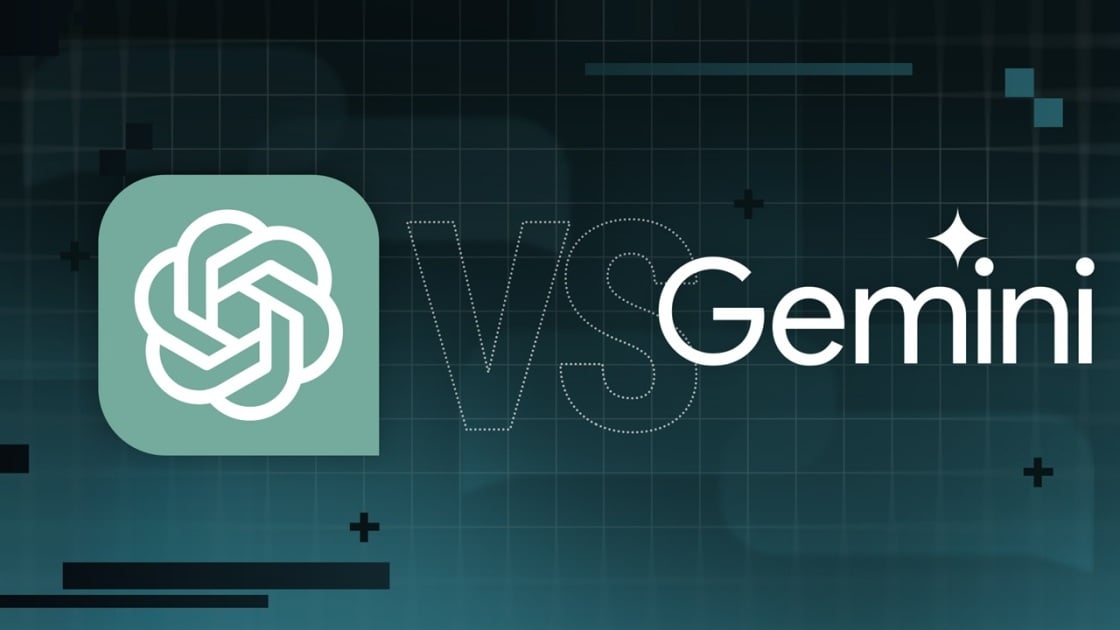
Precio
ChatGPT y Gemini tienen versiones gratuitas que limitan su acceso a características y modelos. Los planes premium para ambos también comienzan en alrededor de $ 20 por mes. Las características de chatbot, como investigaciones profundas, generación de imágenes y videos, búsqueda web y más, son similares en ChatGPT y Gemini. Sin embargo, los planes de Gemini pagados también incluyen el almacenamiento en la nube de Google Drive (a partir de 2TB) y un conjunto robusto de integraciones en las aplicaciones de Google Workspace.
Los niveles de más alta gama de ChatGPT y Gemini desbloquean el aumento de los límites de uso y algunas características únicas, pero el costo mensual prohibitivo de estos planes (como $ 200 para Chatgpt Pro o $ 250 para Gemini Ai Ultra) los pone fuera del alcance de la mayoría de las personas. Las características específicas del plan Pro de ChatGPT, como el modo O1 Pro que aprovecha el poder de cálculo adicional para preguntas particularmente complicadas, no son especialmente relevantes para el consumidor promedio, por lo que no sentirá que se está perdiendo. Sin embargo, es probable que desee las características que son exclusivas del plan Ai Ultra de Gemini, como la generación de videos VEO 3.
Ganador: Géminis
Plataformas
Puede acceder a ChatGPT y Gemini en la web o a través de aplicaciones móviles (Android e iOS). ChatGPT también tiene aplicaciones de escritorio (macOS y Windows) y una extensión oficial para Google Chrome. Gemini no tiene aplicaciones de escritorio dedicadas o una extensión de Chrome, aunque se integra directamente con el navegador.
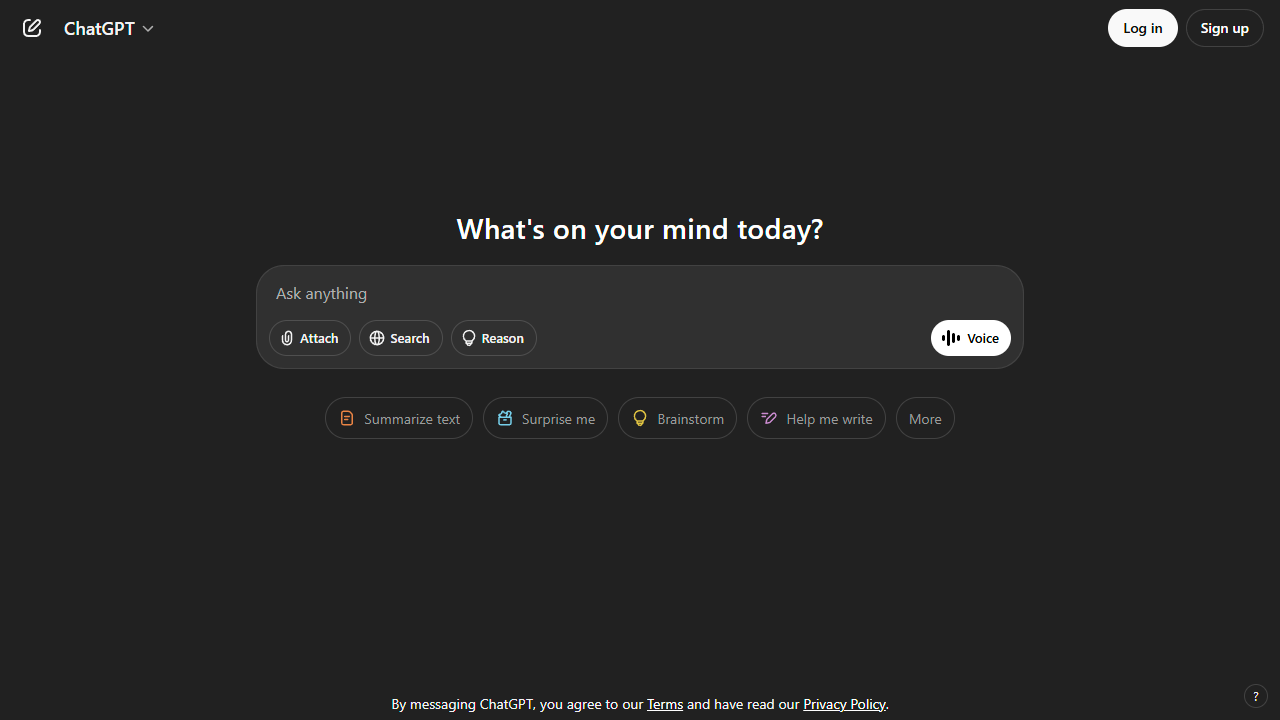
(Crédito: OpenAI/PCMAG)
Chatgpt está disponible en otros lugares, Como a través de Siri. Como se mencionó, puede acceder a Gemini en las aplicaciones de Google, como el calendario, Documento, ConducirGmail, Mapas, Mantener, FotosSábanas, y Música de YouTube. Tanto los modelos de Chatgpt como Gemini también aparecen en sitios como la perplejidad. Sin embargo, obtiene la mayor cantidad de funciones de estos chatbots en sus aplicaciones y portales web dedicados.
Las interfaces de ambos chatbots son en gran medida consistentes en todas las plataformas. Son fáciles de usar y no lo abruman con opciones y alternar. ChatGPT tiene algunas configuraciones más para jugar, como la capacidad de ajustar su personalidad, mientras que la profunda interfaz de investigación de Gemini hace un mejor uso de los bienes inmuebles de pantalla.
Ganador: empate
Modelos de IA
ChatGPT tiene dos series primarias de modelos, la serie 4 (su línea de conversación, insignia) y la Serie O (su compleja línea de razonamiento). Gemini ofrece de manera similar una serie Flash de uso general y una serie Pro para tareas más complicadas.
Los últimos modelos de Chatgpt son O3 y O4-Mini, y los últimos de Gemini son 2.5 Flash y 2.5 Pro. Fuera de la codificación o la resolución de una ecuación, pasará la mayor parte de su tiempo usando los modelos de la serie 4-Series y Flash. A continuación, puede ver cómo funcionan estos modelos en una variedad de tareas. Qué modelo es mejor depende realmente de lo que quieras hacer.
Ganador: empate
Búsqueda web
ChatGPT y Gemini pueden buscar información actualizada en la web con facilidad. Sin embargo, ChatGPT presenta mosaicos de artículos en la parte inferior de sus respuestas para una lectura adicional, tiene un excelente abastecimiento que facilita la vinculación de reclamos con evidencia, incluye imágenes en las respuestas cuando es relevante y, a menudo, proporciona más detalles en respuesta. Gemini no muestra nombres de fuente y títulos de artículos completos, e incluye mosaicos e imágenes de artículos solo cuando usa el modo AI de Google. El abastecimiento en este modo es aún menos robusto; Google relega las fuentes a los caretes que se pueden hacer clic que no resaltan las partes relevantes de su respuesta.
Como parte de sus experiencias de búsqueda en la web, ChatGPT y Gemini pueden ayudarlo a comprar. Si solicita consejos de compra, ambos presentan mosaicos haciendo clic en enlaces a los minoristas. Sin embargo, Gemini generalmente sugiere mejores productos y tiene una característica única en la que puede cargar una imagen tuya para probar digitalmente la ropa antes de comprar.
Ganador: chatgpt
Investigación profunda
ChatGPT y Gemini pueden generar informes que tienen docenas de páginas e incluyen más de 50 fuentes sobre cualquier tema. La mayor diferencia entre los dos se reduce al abastecimiento. Gemini a menudo cita más fuentes que CHATGPT, pero maneja el abastecimiento en informes de investigación profunda de la misma manera que lo hace en la búsqueda en modo AI, lo que significa caretas que se puede hacer clic sin destacados en el texto. Debido a que es más difícil conectar las afirmaciones en los informes de Géminis a fuentes reales, es más difícil creerles. El abastecimiento claro de ChatGPT con destacados en el texto es más fácil de confiar. Sin embargo, Gemini tiene algunas características de calidad de vida en ChatGPT, como la capacidad de exportar informes formateados correctamente a Google Docs con un solo clic. Su tono también es diferente. Los informes de ChatGPT se leen como publicaciones de foro elaboradas, mientras que los informes de Gemini se leen como documentos académicos.
Ganador: chatgpt
Generación de imágenes
La generación de imágenes de ChatGPT impresiona independientemente de lo que solicite, incluso las indicaciones complejas para paneles o diagramas cómicos. No es perfecto, pero los errores y la distorsión son mínimos. Gemini genera imágenes visualmente atractivas más rápido que ChatGPT, pero rutinariamente incluyen errores y distorsión notables. Con indicaciones complicadas, especialmente diagramas, Gemini produjo resultados sin sentido en las pruebas.
Arriba, puede ver cómo ChatGPT (primera diapositiva) y Géminis (segunda diapositiva) les fue con el siguiente mensaje: “Genere una imagen de un estudio de moda con una decoración simple y rústica que contrasta con el espacio más agradable. Incluya un sofá marrón y paredes de ladrillo”. La imagen de ChatGPT limita los problemas al detalle fino en las hojas de sus plantas y texto en su libro, mientras que la imagen de Gemini muestra problemas más notables en su tubo de cordón y lámpara.
Ganador: chatgpt
¡Obtenga nuestras mejores historias!
Toda la última tecnología, probada por nuestros expertos
Regístrese en el boletín de informes de laboratorio para recibir las últimas revisiones de productos de PCMAG, comprar asesoramiento e ideas.
Al hacer clic en Registrarme, confirma que tiene más de 16 años y acepta nuestros Términos de uso y Política de privacidad.
¡Gracias por registrarse!
Su suscripción ha sido confirmada. ¡Esté atento a su bandeja de entrada!
Generación de videos
La generación de videos de Gemini es la mejor de su clase, especialmente porque ChatGPT no puede igualar su capacidad para producir audio acompañante. Actualmente, Google bloquea el último modelo de generación de videos de Gemini, VEO 3, detrás del costoso plan AI Ultra, pero obtienes más videos realistas que con ChatGPT. Gemini también tiene otras características que ChatGPT no, como la herramienta Flow Filmmaker, que le permite extender los clips generados y el animador AI Whisk, que le permite animar imágenes fijas. Sin embargo, tenga en cuenta que incluso con VEO 3, aún necesita generar videos varias veces para obtener un gran resultado.
En el ejemplo anterior, solicité a ChatGPT y Gemini a mostrarme un solucionador de cubos de Rubik Rubik que resuelva un cubo. La persona en el video de Géminis se ve muy bien, y el audio acompañante es competente. Al final, hay una buena atención al detalle con el marco que se desplaza, simulando la detención de una grabación de selfies. Mientras tanto, Chatgpt luchó con su cubo, distorsionándolo en gran medida.
Ganador: Géminis
Procesamiento de archivos
Comprender los archivos es una fortaleza de ChatGPT y Gemini. Ya sea que desee que respondan preguntas sobre un manual, editen un currículum o le informen algo sobre una imagen, ninguno decepciona. Sin embargo, ChatGPT tiene la ventaja sobre Gemini, ya que ofrece un reconocimiento de imagen ligeramente mejor y respuestas más detalladas cuando pregunta sobre los archivos cargados. Ambos chatbots todavía a veces inventan citas de documentos proporcionados o malinterpretan las imágenes, así que asegúrese de verificar sus resultados.
Ganador: chatgpt
Escritura creativa
Chatgpt y Gemini pueden generar poemas, obras, historias y más competentes. CHATGPT, sin embargo, se destaca entre los dos debido a cuán únicas son sus respuestas y qué tan bien responde a las indicaciones. Las respuestas de Gemini pueden sentirse repetitivas si no calibra cuidadosamente sus solicitudes, y no siempre sigue todas las instrucciones a la carta.
En el ejemplo anterior, solicité ChatGPT (primera diapositiva) y Gemini (segunda diapositiva) con lo siguiente: “Sin hacer referencia a nada en su memoria o respuestas anteriores, quiero que me escriba un poema de verso gratuito. Preste atención especial a la capitalización, enjambment, ruptura de línea y puntuación. Dado que es un verso libre, no quiero un medidor familiar o un esquema de retiro de la rima, pero quiero que tenga un estilo de coohes. ChatGPT logró entregar lo que pedí en el aviso, y eso era distinto de las generaciones anteriores. Gemini tuvo problemas para generar un poema que incorporó cualquier cosa más allá de las comas y los períodos, y su poema anterior se lee de manera muy similar a un poema que generó antes.
Recomendado por nuestros editores
Ganador: chatgpt
Razonamiento complejo
Los modelos de razonamiento complejos de Chatgpt y Gemini pueden manejar preguntas de informática, matemáticas y física con facilidad, así como mostrar de manera competente su trabajo. En las pruebas, ChatGPT dio respuestas correctas un poco más a menudo que Gemini, pero su rendimiento es bastante similar. Ambos chatbots pueden y le darán respuestas incorrectas, por lo que verificar su trabajo aún es vital si está haciendo algo importante o tratando de aprender un concepto.
Ganador: chatgpt
Integración
ChatGPT no tiene integraciones significativas, mientras que las integraciones de Gemini son una característica definitoria. Ya sea que desee obtener ayuda para editar un ensayo en Google Docs, comparta una pestaña Chrome para hacer una pregunta, pruebe una nueva lista de reproducción de música de YouTube personalizada para su gusto o desbloquee ideas personales en Gmail, Gemini puede hacer todo y mucho más. Es difícil subestimar cuán integrales y poderosas son realmente las integraciones de Géminis.
Ganador: Géminis
Asistentes de IA
ChatGPT tiene GPT personalizados, y Gemini tiene gemas. Ambos son asistentes de IA personalizables. Tampoco es una gran actualización sobre hablar directamente con los chatbots, pero los GPT personalizados de terceros agregan una nueva funcionalidad, como el fácil acceso a Canva para editar imágenes generadas. Mientras tanto, terceros no pueden crear gemas, y no puedes compartirlas. Puede permitir que los GPT personalizados accedan a la información externa o tomen acciones externas, pero las GEM no tienen una funcionalidad similar.
Ganador: chatgpt
Contexto Windows y límites de uso
La ventana de contexto de ChatGPT sube a 128,000 tokens en sus planes de nivel superior, y todos los planes tienen límites de uso dinámicos basados en la carga del servidor. Géminis, por otro lado, tiene una ventana de contexto de 1,000,000 token. Google no está demasiado claro en los límites de uso exactos para Gemini, pero también son dinámicos dependiendo de la carga del servidor. Anecdóticamente, no pude alcanzar los límites de uso usando los planes pagados de Chatgpt o Gemini, pero es mucho más fácil hacerlo con los planes gratuitos.
Ganador: Géminis
Privacidad
La privacidad en Chatgpt y Gemini es una bolsa mixta. Ambos recopilan cantidades significativas de datos, incluidos todos sus chats, y usan esos datos para capacitar a sus modelos de IA de forma predeterminada. Sin embargo, ambos le dan la opción de apagar el entrenamiento. Google al menos no recopila y usa datos de Gemini para fines de capacitación en aplicaciones de espacio de trabajo, como Gmail, de forma predeterminada. ChatGPT y Gemini también prometen no vender sus datos o usarlos para la orientación de anuncios, pero Google y OpenAI tienen historias sórdidas cuando se trata de hacks, filtraciones y diversos fechorías digitales, por lo que recomiendo no compartir nada demasiado sensible.
Ganador: empate
Related posts






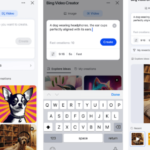




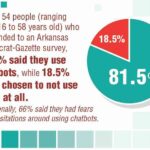

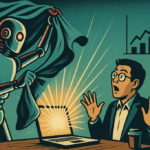









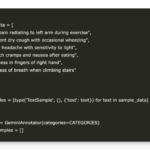


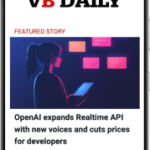





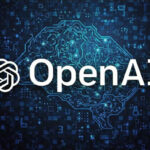


















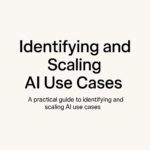
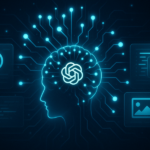

















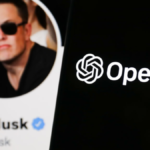
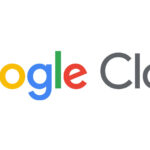
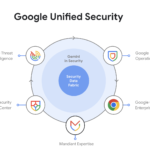




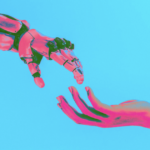



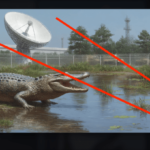











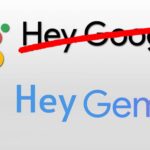







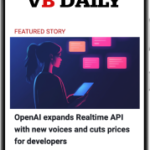







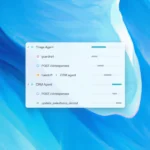












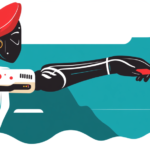




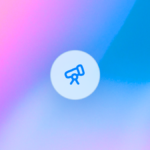








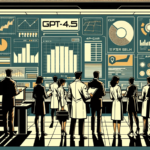




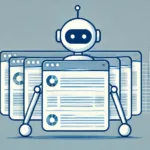



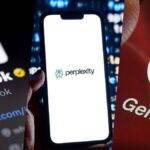

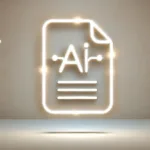

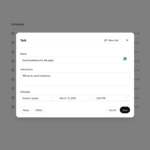




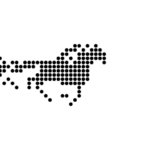
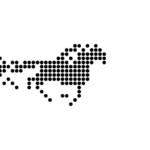

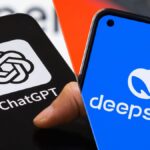
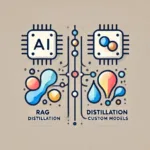
















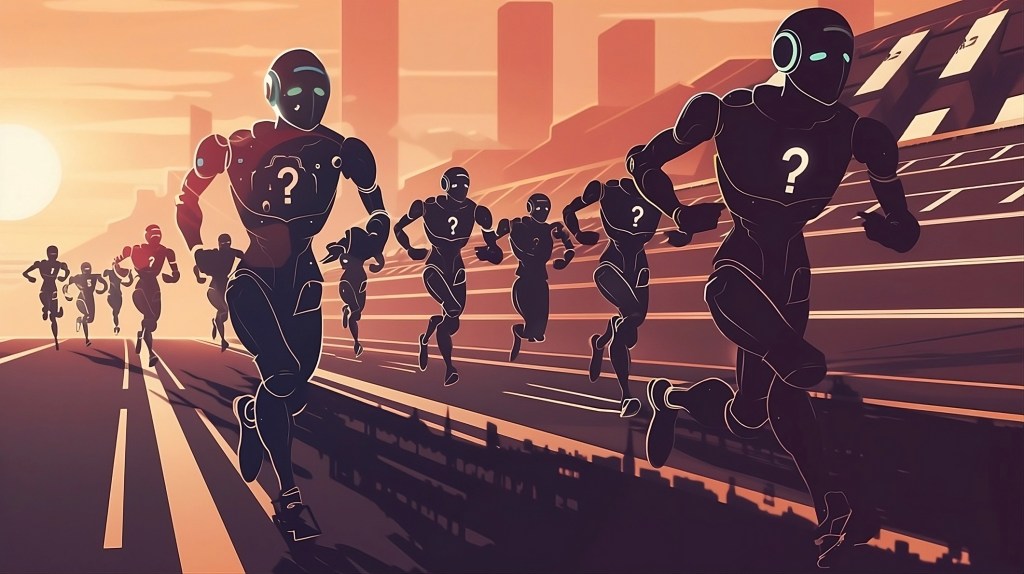










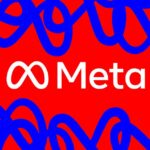












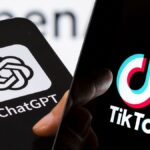



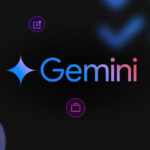


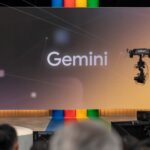























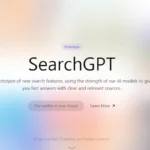






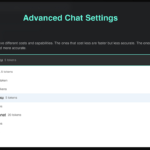
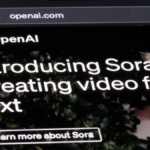

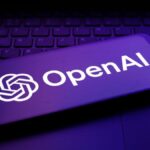
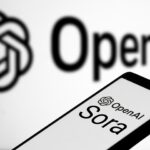








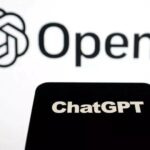









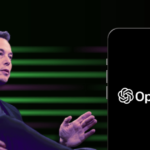



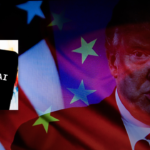











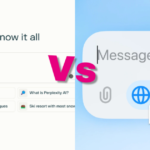



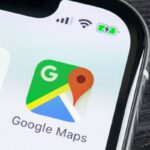
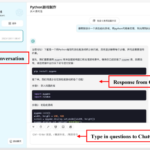

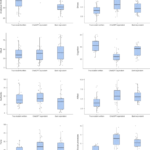
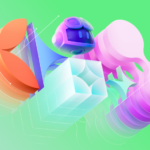








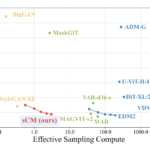






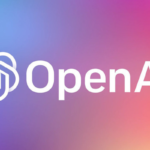









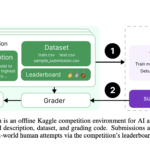
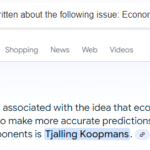




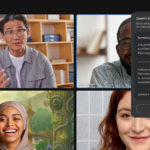

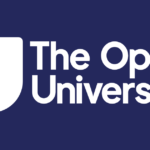
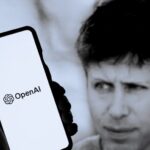

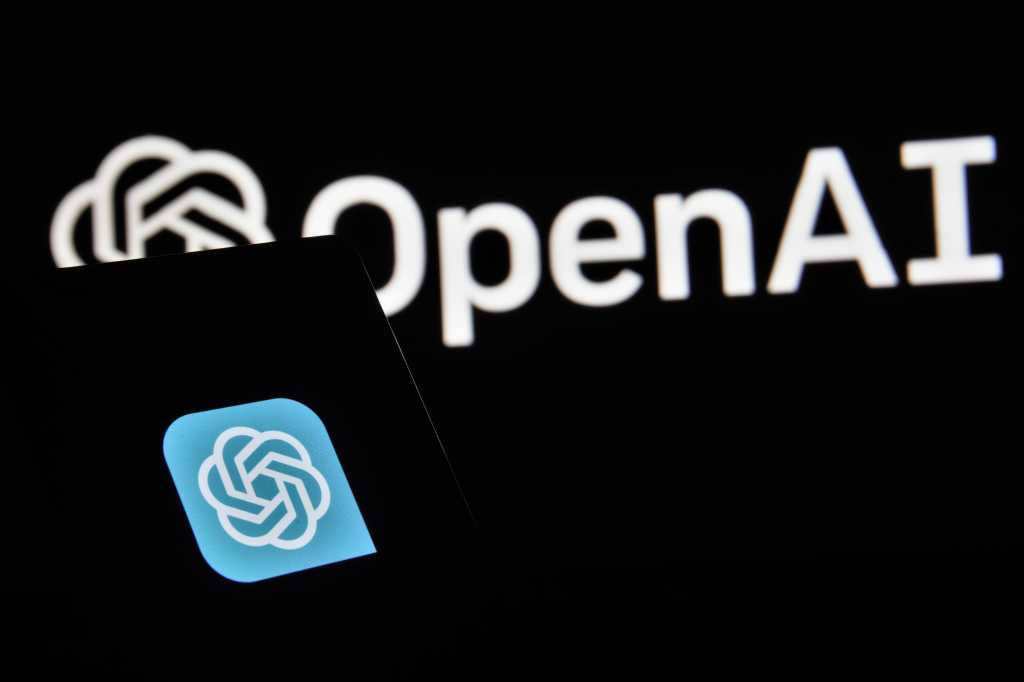
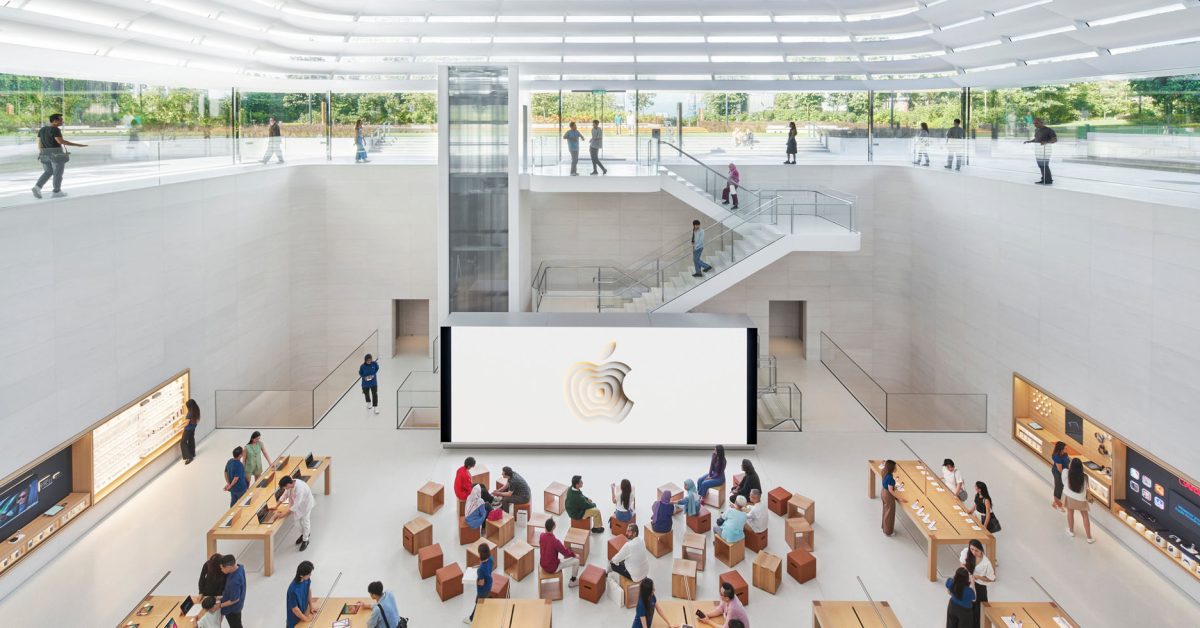
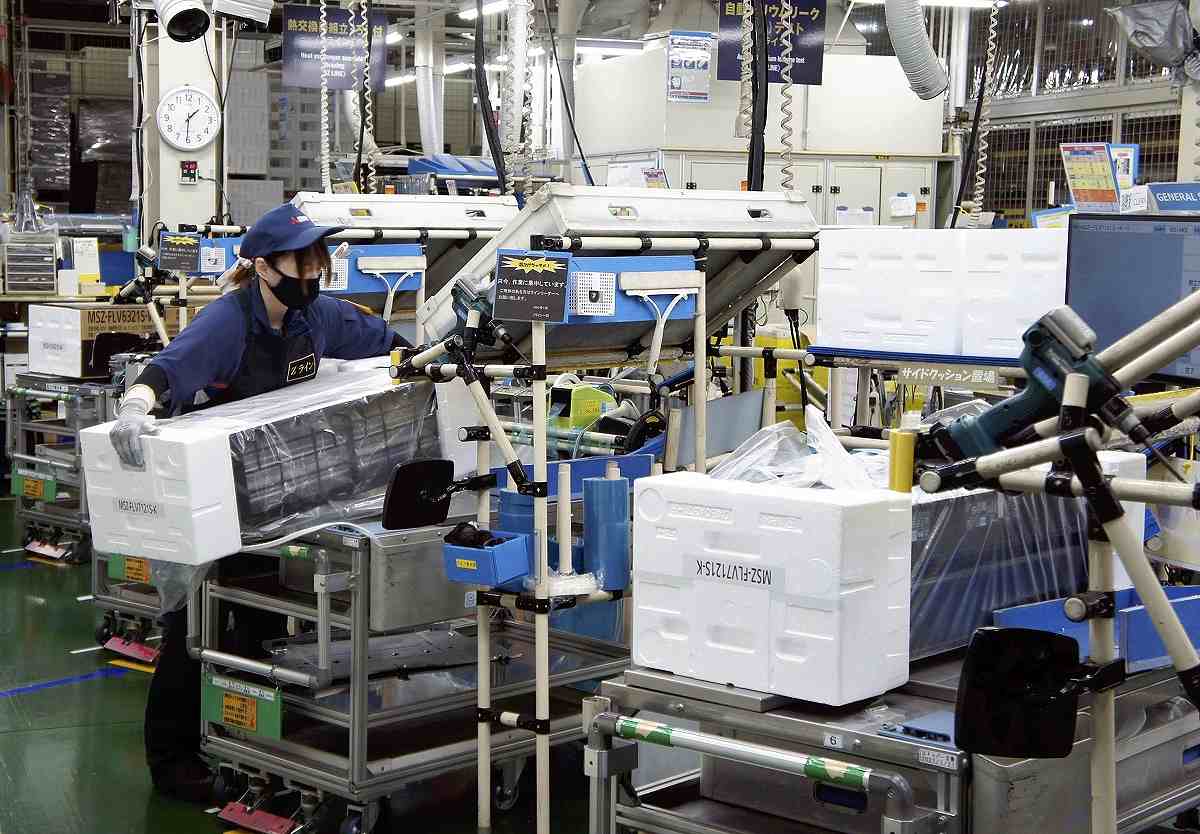

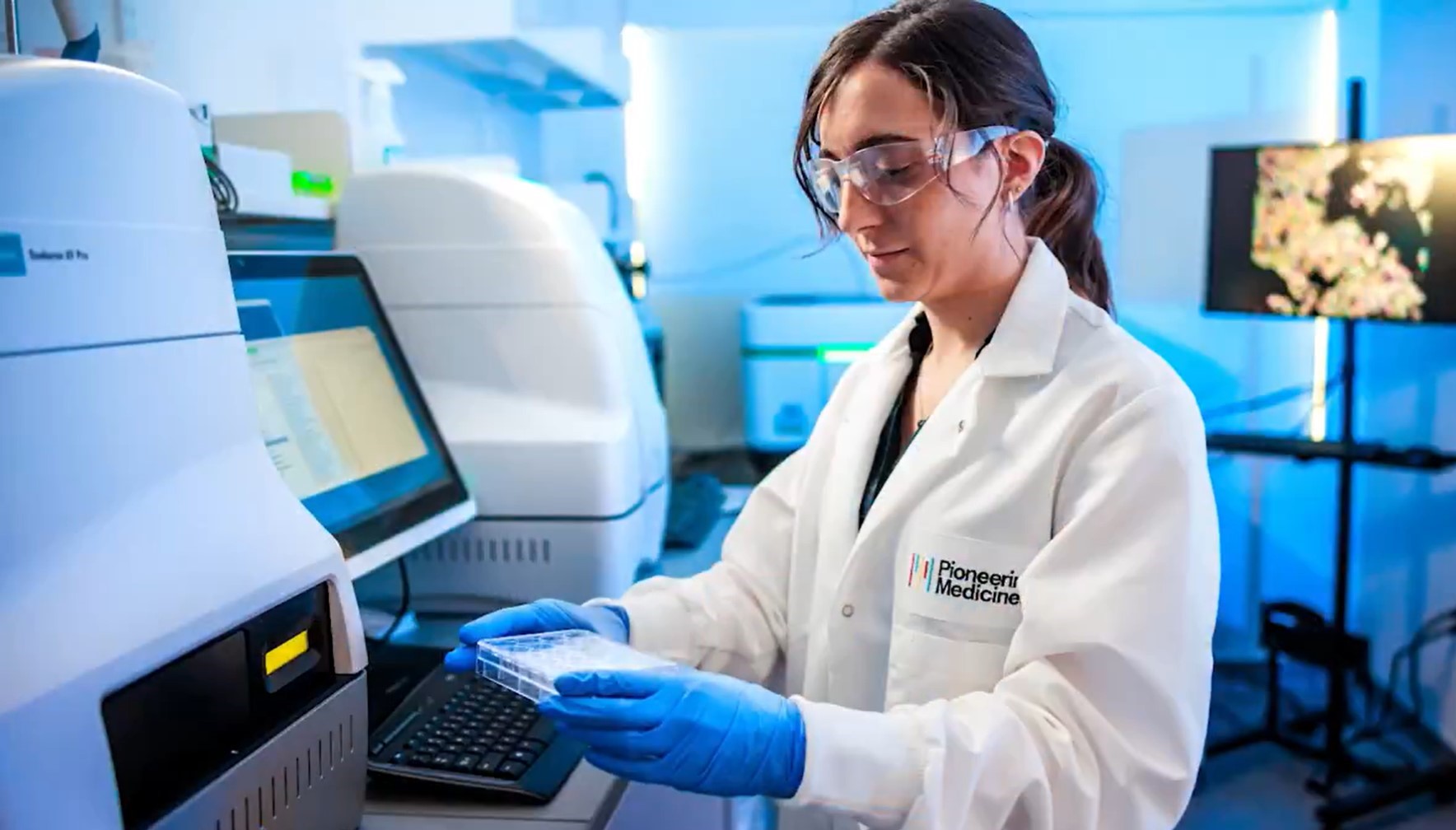
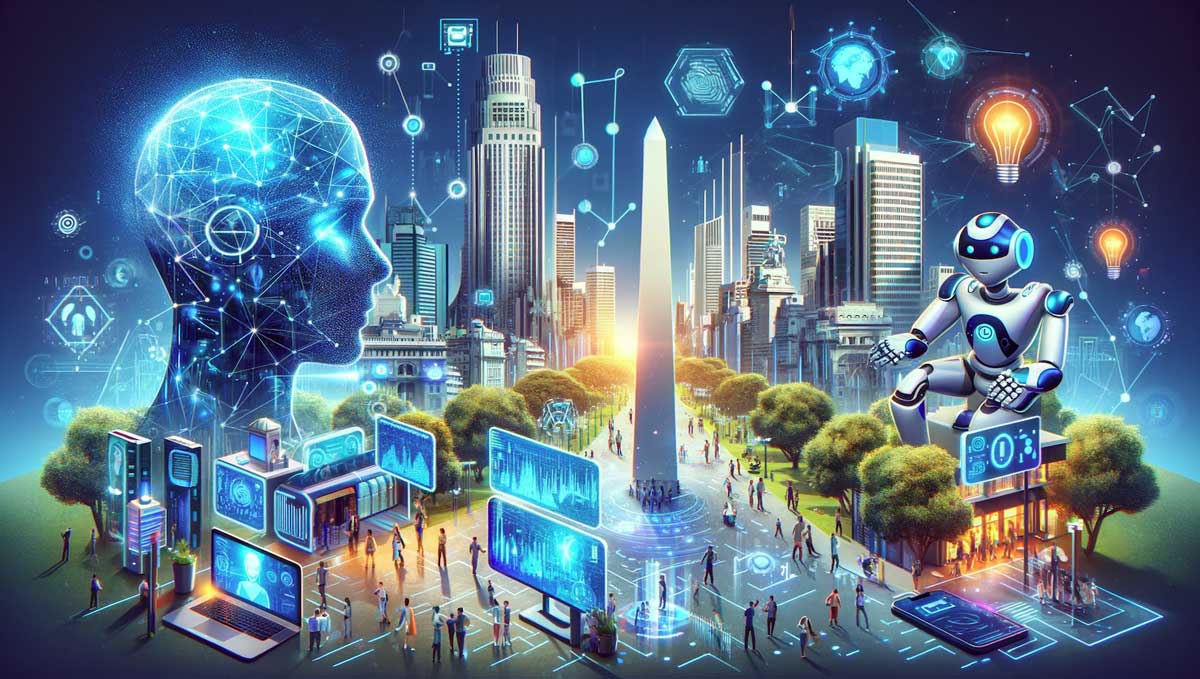
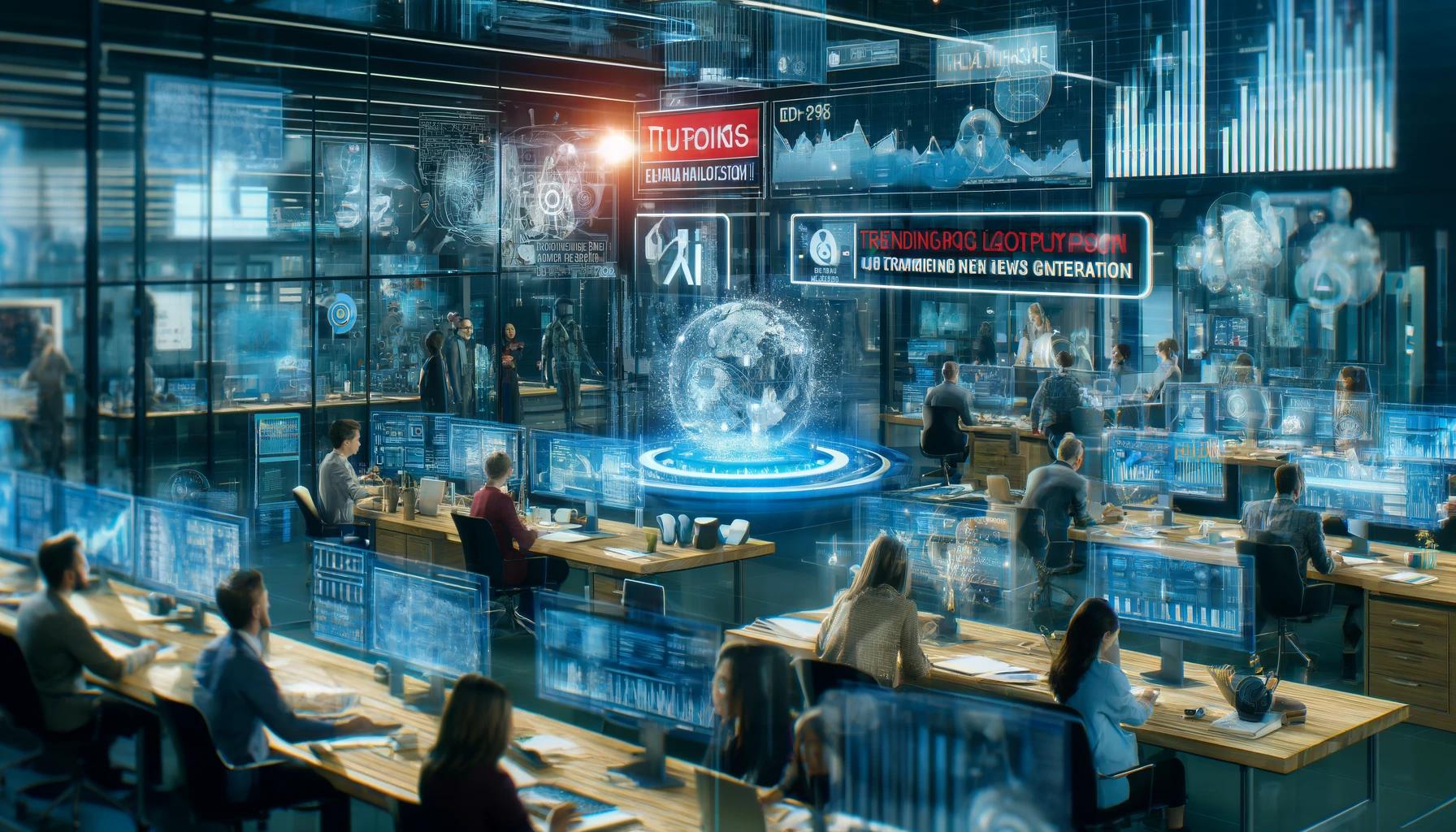
Trending
-

 Startups2 años ago
Startups2 años agoRemove.bg: La Revolución en la Edición de Imágenes que Debes Conocer
-
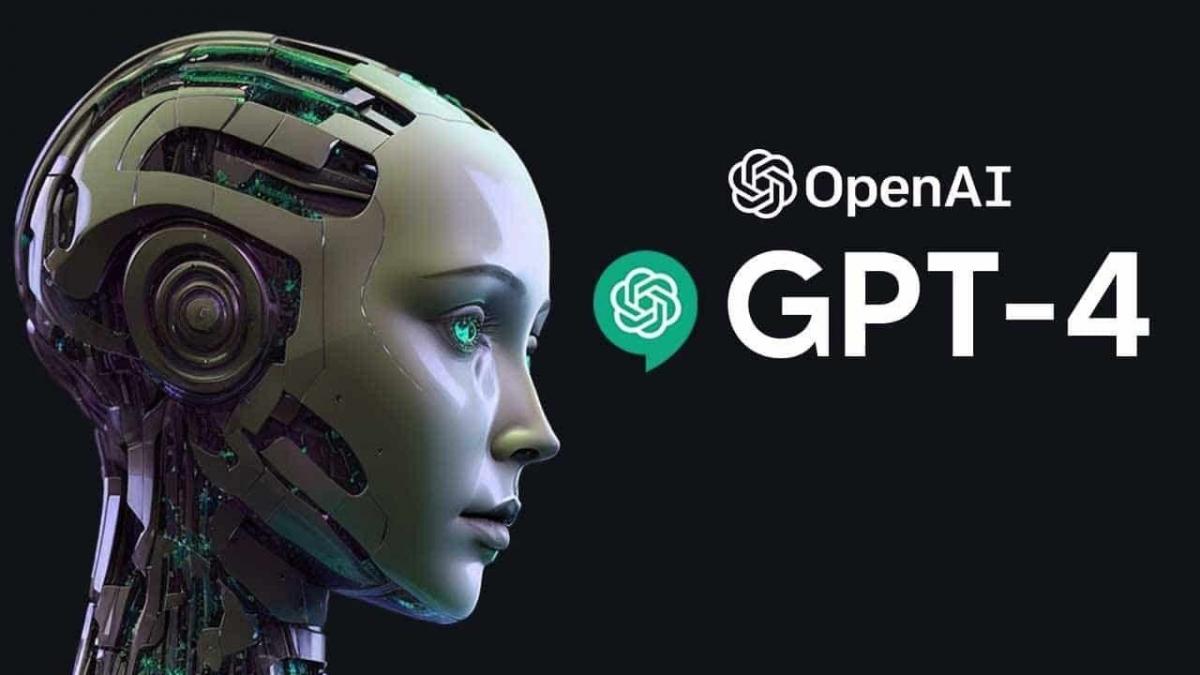
 Tutoriales2 años ago
Tutoriales2 años agoCómo Comenzar a Utilizar ChatGPT: Una Guía Completa para Principiantes
-

 Startups1 año ago
Startups1 año agoStartups de IA en EE.UU. que han recaudado más de $100M en 2024
-
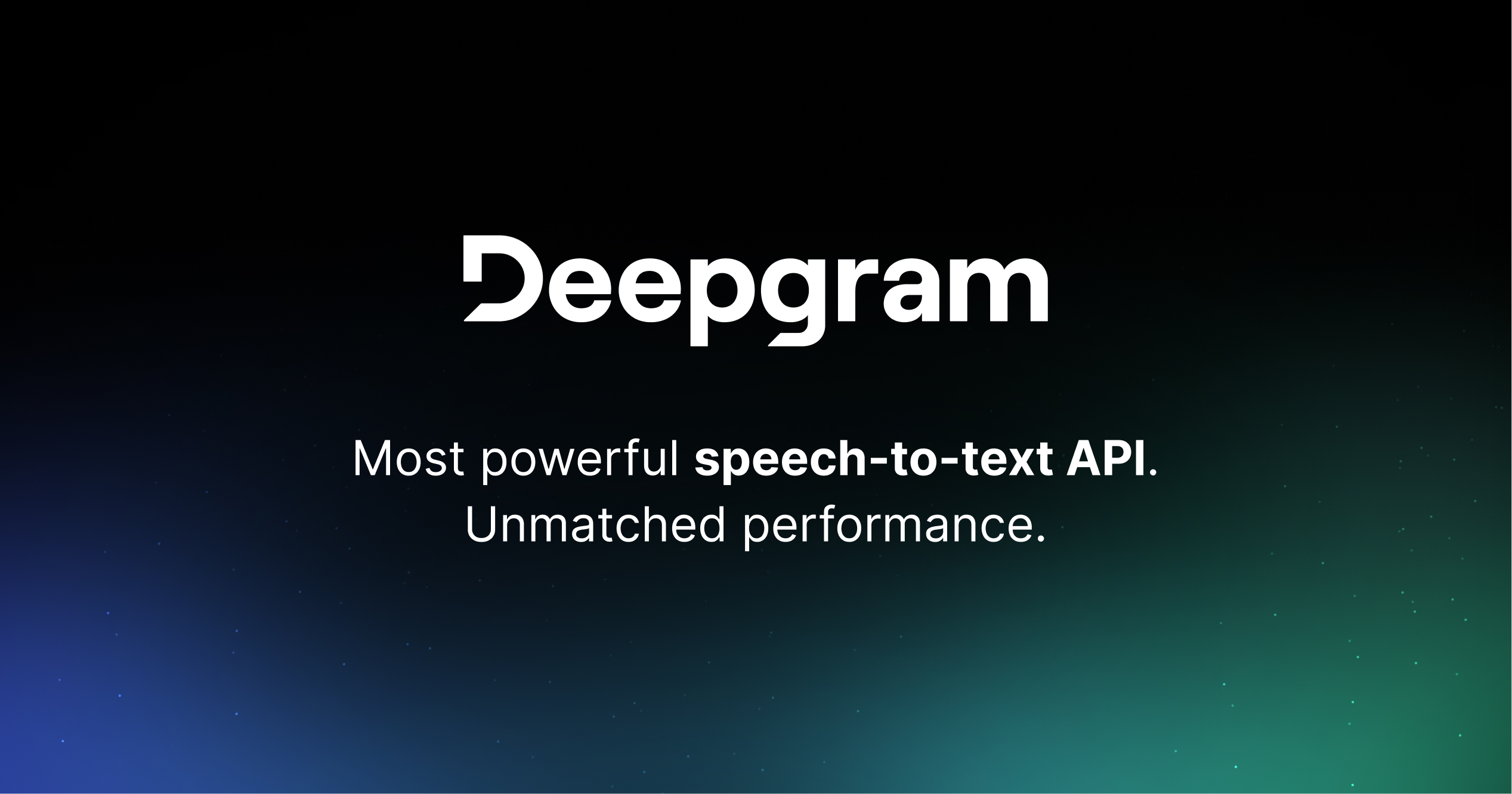
 Startups2 años ago
Startups2 años agoDeepgram: Revolucionando el Reconocimiento de Voz con IA
-

 Recursos2 años ago
Recursos2 años agoCómo Empezar con Popai.pro: Tu Espacio Personal de IA – Guía Completa, Instalación, Versiones y Precios
-

 Recursos2 años ago
Recursos2 años agoPerplexity aplicado al Marketing Digital y Estrategias SEO
-

 Estudiar IA2 años ago
Estudiar IA2 años agoCurso de Inteligencia Artificial de UC Berkeley estratégico para negocios
-
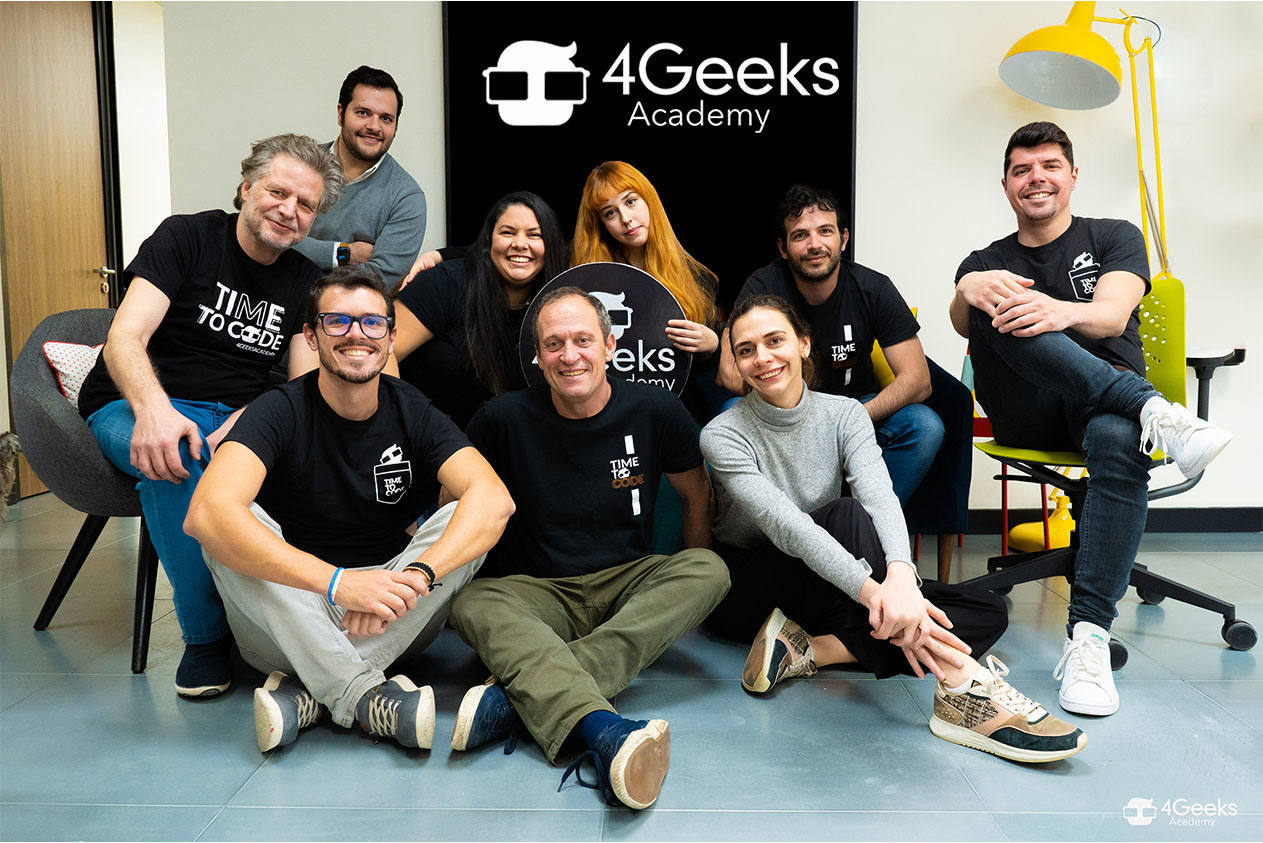
 Estudiar IA2 años ago
Estudiar IA2 años agoCurso de Inteligencia Artificial Aplicada de 4Geeks Academy 2024



